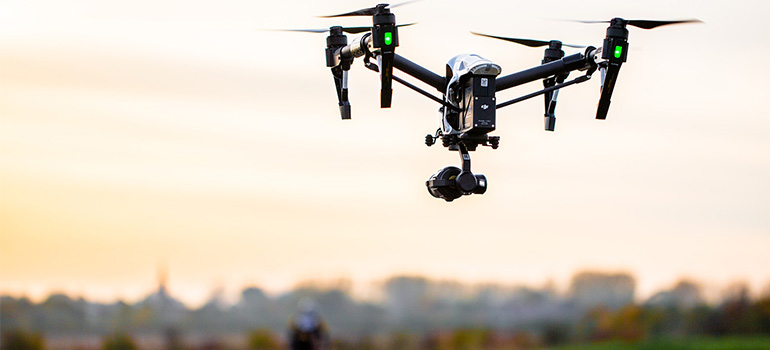UBC researchers are investigating new technologies that are making high-tech surveillance faster and more effective.

Teaming up with Terra Sense Analytics and the US Air Force Research Lab, School of Engineering Associate Professor Zheng Liu is working on a system that simultaneously recognizes and tracks specific objects through images or video.
“The uniqueness of this application is how robust and scalable it is when detecting a predetermined list of objects, people and buildings in a variety of environments” explains Liu.
With a research focus on computational intelligence and machine vision, Liu is particularly interested on the deep neural network that powers the system.
Neural networks describe a configuration of a computer network that mimics how the human brain processes information. The main difference between the human brain and the computer network is that the computer network is able to process information much faster.
According to Liu, this networking structure enables both speed and accuracy. “The system uses multiple types of sources (live images, sensors and reference materials) that create a robust analysis tool that can function with a high-degree of accuracy in challenging environments.”
The resulting solution mirrors what people have become used to seeing in spy movies, but until this point, has been unattainable in practice.
“These advances can be attributed to the innovations in neural network architecture that have transpired over the last few years” says Liu.
Terra Sense Analytics, a Canadian company, uses the technology in their UAV-based solutions geared towards the natural resources sector. The technology allows operators to identify trees, species and even residual biomass carbon on the ground.
“We’re thrilled to be collaborating with UBC to take real-time image segmentation and identification to the next level” says Jozsef Hamari, the Head of AI Development of Terra Sense Analytics.
The possibility to detect, identify and track in real-time will have many applications including environmental monitoring and law enforcement surveillance.
The project recently received funding from the Innovation for Defence Excellence and Security Program.